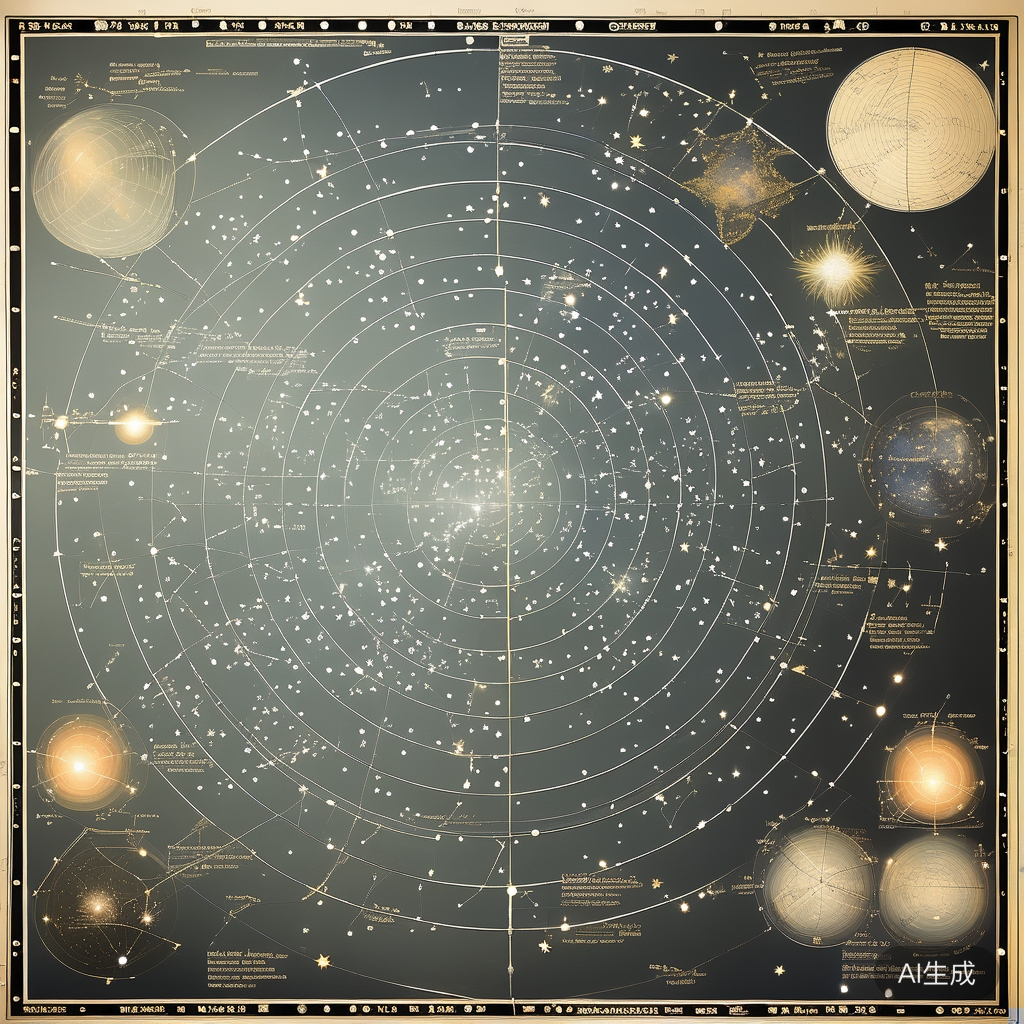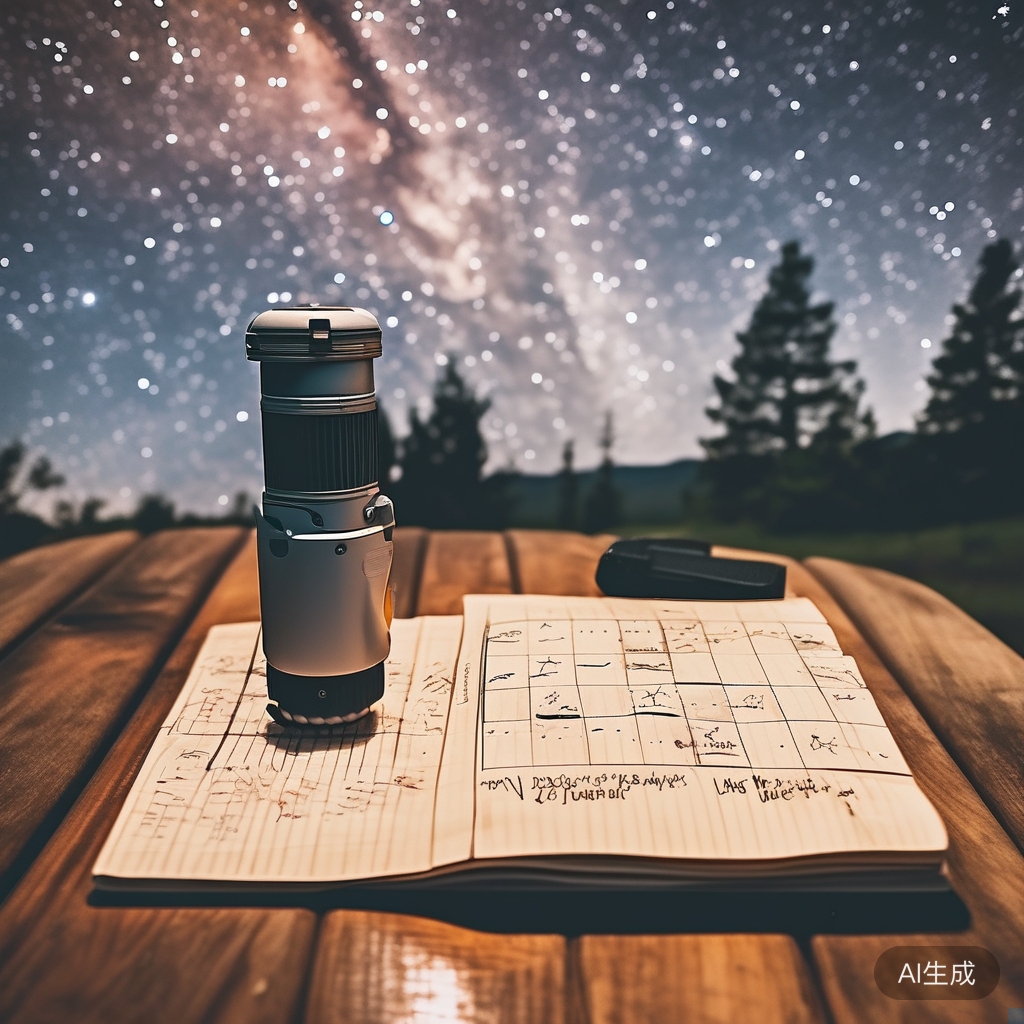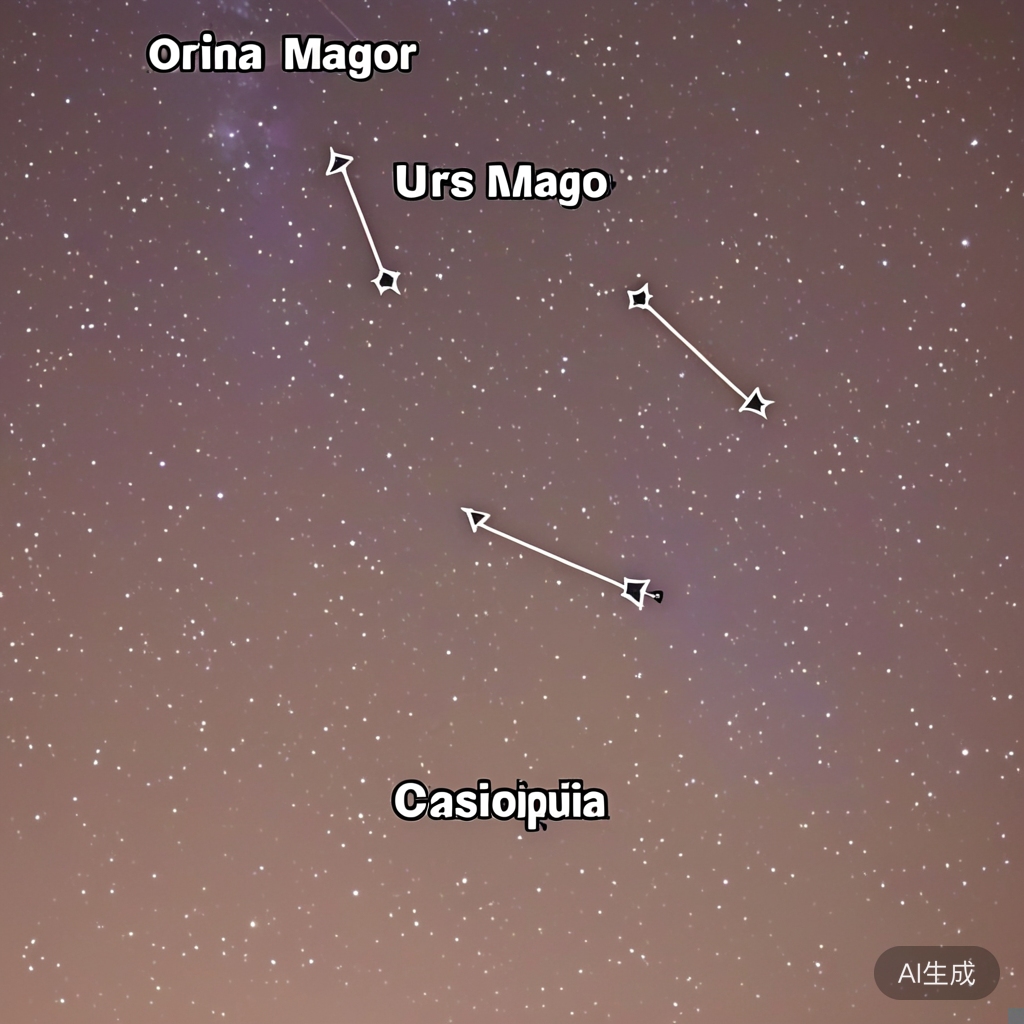Winter is the perfect season for stargazing, as the cold air is usually dry, making visibility in the air excellent. If you observe the night sky over and over again, can you discover the patterns formed by the stars?
Joy Bear Nature Education shares a group of parent-child activities with you every week. This is the first issue.

Before setting out, here’s what you’ll need:
- Star chart: You can find one at the library or on the official website of NASA.
- "Golden Guide to the Starry Sky," telescope (not essential)
- Flashlight, nature notebook, homemade star observation log



Take a look at this example of a homemade star observation log:
Now, let’s gaze at the starry sky. The night sky has its own unique beauty, which you can’t experience indoors. So, you have to step outside, stand on your balcony, walk on the sidewalk, or go to nearby fields or parks – in short, find the darkest place possible, look up, and observe. What do you see? The moon? Stars? Planets? Even the entire Milky Way?
Besides naked-eye observation, you can also use tools for stargazing, or parents can take their children to the local planetarium to see what the night sky looks like during each season.
As you observe the night sky repeatedly, you’ll find that the patterns formed by the stars are very fixed. Knowing their positions in the sky is like having a map of the sky, giving us the same feeling as being in a certain area on Earth. The Big Dipper revolves around the North Star. Can you find it?
Here are some natural tasks:
- Can you, with the help of a star chart, "Golden Guide to the Starry Sky," and your parents, find the position of the Milky Way in winter?
- The North Star is always to our north and is particularly bright. Can you point it out to your parents?
- Can you draw what you see in the night sky in your nature notebook?
- Can you observe and record the changes in the North Star or other celestial bodies from the beginning to the end of the winter vacation by using the homemade star observation log you’ve created? Don’t forget to bring a flashlight so you can make your observations!
Now, let’s talk about constellations. Long ago, people looked up at the night sky and created pictures with stars. Stars were grouped in various shapes and patterns, which we know as "constellations." Many myths and stories were created about these constellations to help people dispel doubts and fears. It was later discovered that grouping and naming stars could help people recognize certain areas of the sky, making the night sky seem orderly.
There are 88 constellations in the sky. Depending on our location, we can see different starry skies. Moreover, as the Earth orbits the sun every year, different constellations often come into our view.
Take some time to look at the night sky with a star chart. How many constellations can you recognize? In fact, the Big Dipper is not a constellation; it’s just a part of the Ursa Major constellation, which is easy to spot because it looks like a huge spoon.
Here are some more natural tasks:
- Can you draw the shape of an animal based on the arrangement of stars in your nature notebook?
- Can you find three constellations? Please draw the constellations you’ve found, and record their names, directions, and the time you saw them next to the drawing.
- Can you find a square, a triangle, and an oval formed by stars and name them after your dad, mom, and yourself?

Encourage your children to observe the sky and create their own constellation patterns. Play a game of counting stars and design your own star chart. This activity can stimulate a child’s focus, observation skills, and imagination.
For more parent-child activities, please scan the following QR code!
[QR Code]









